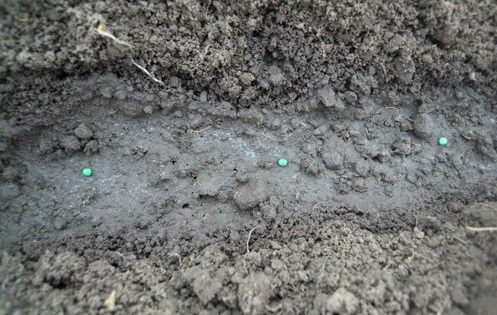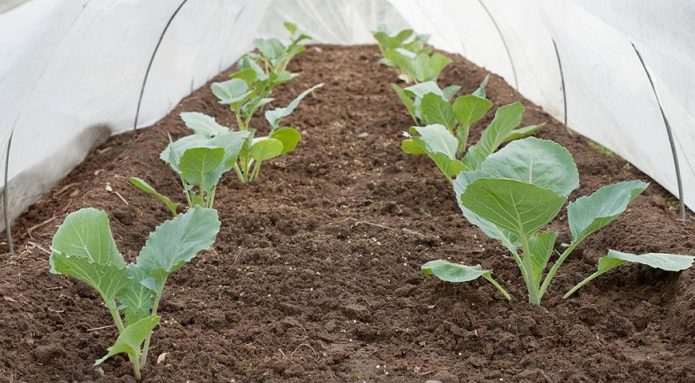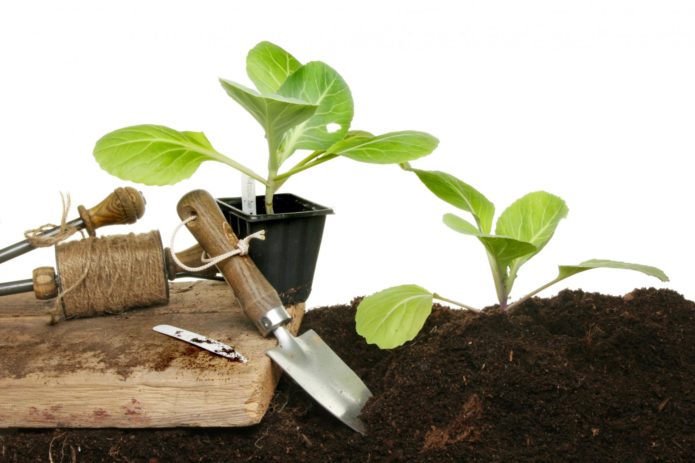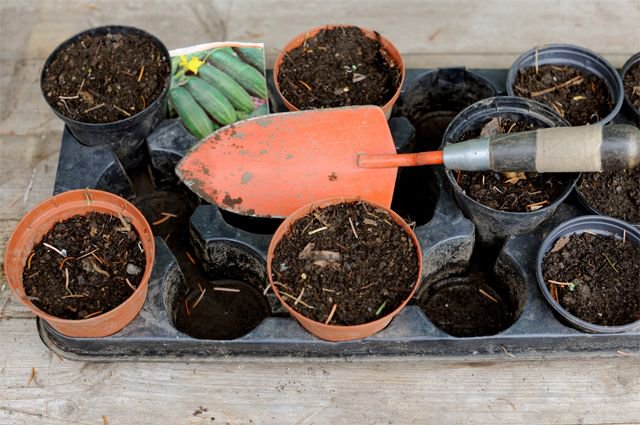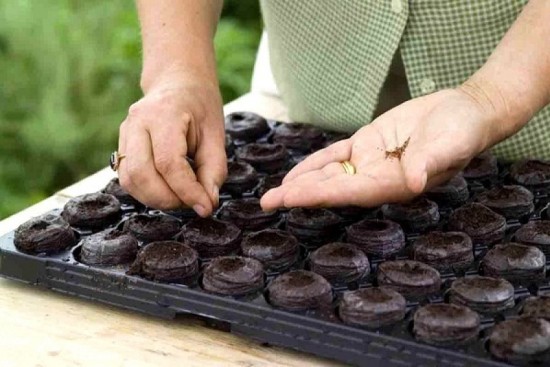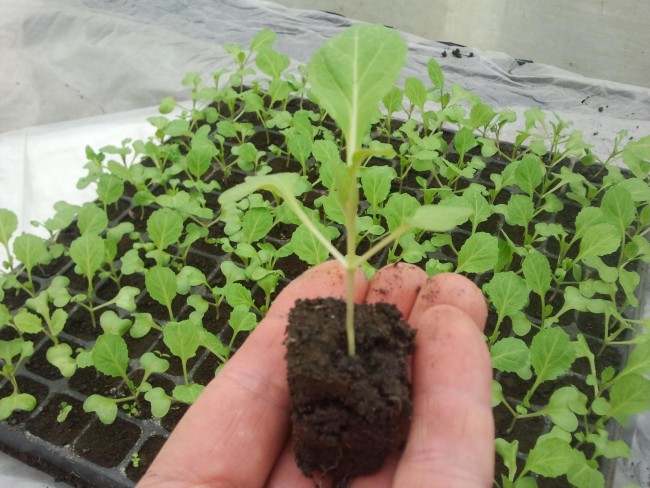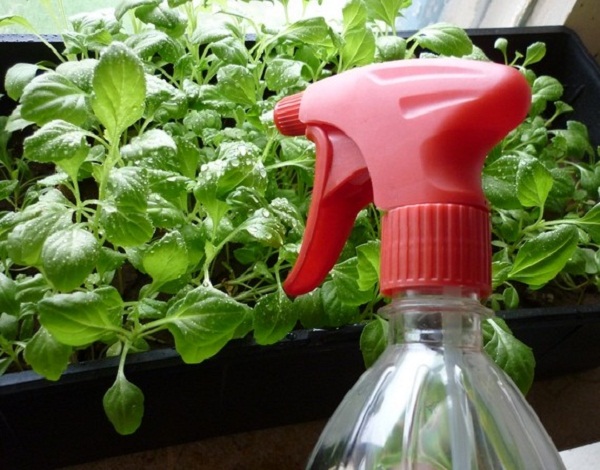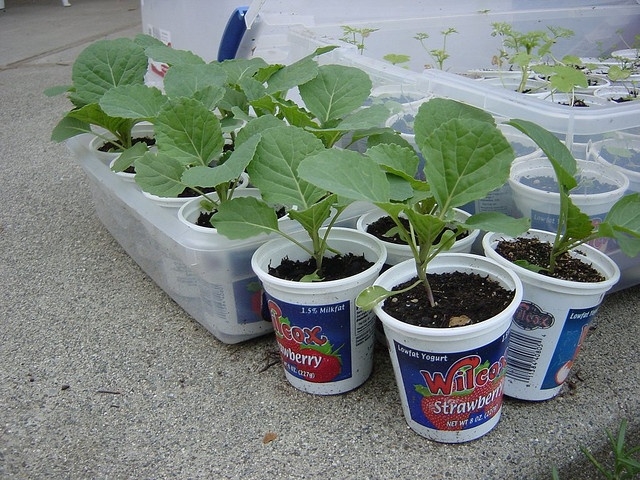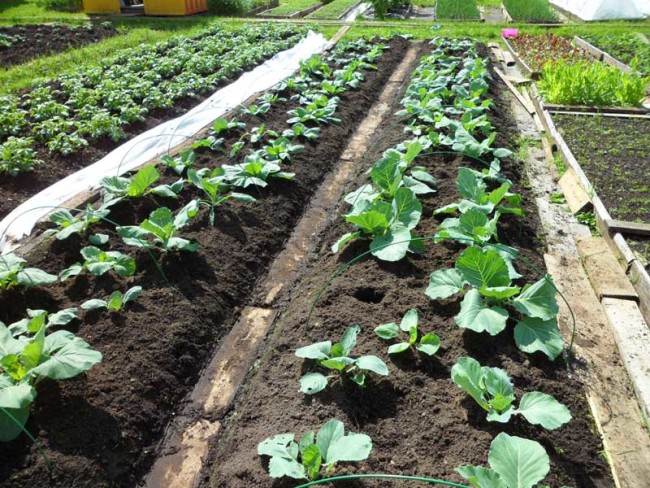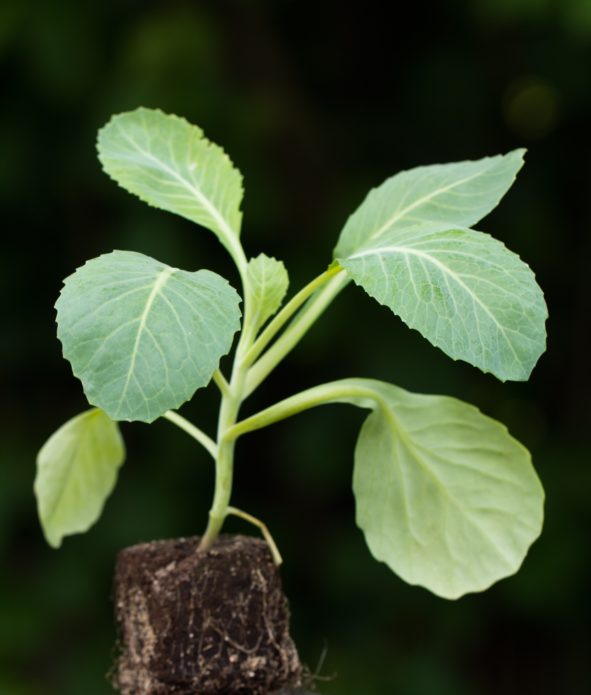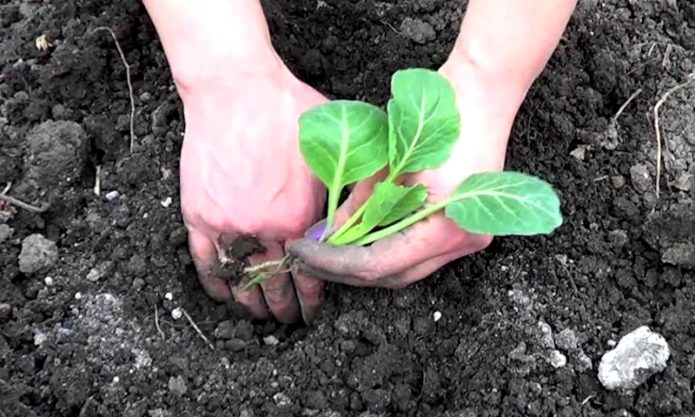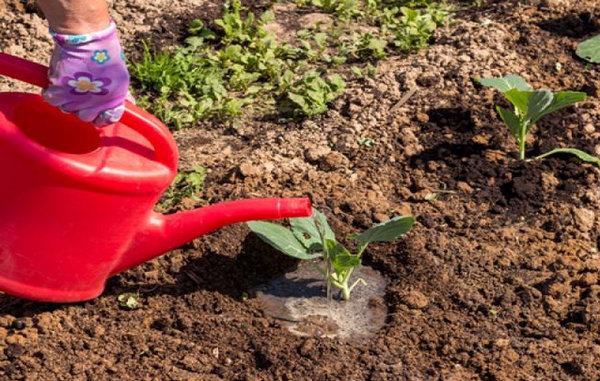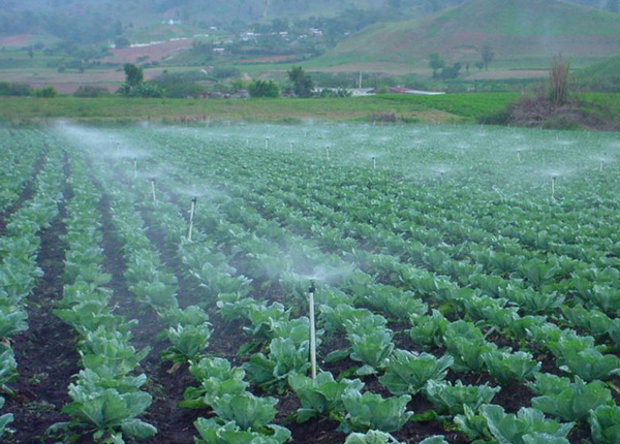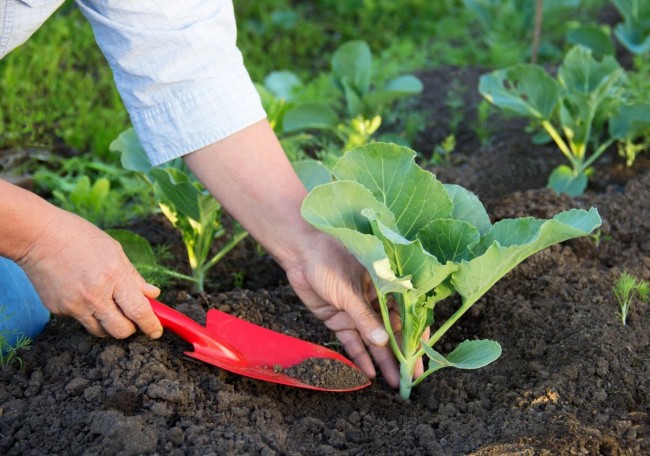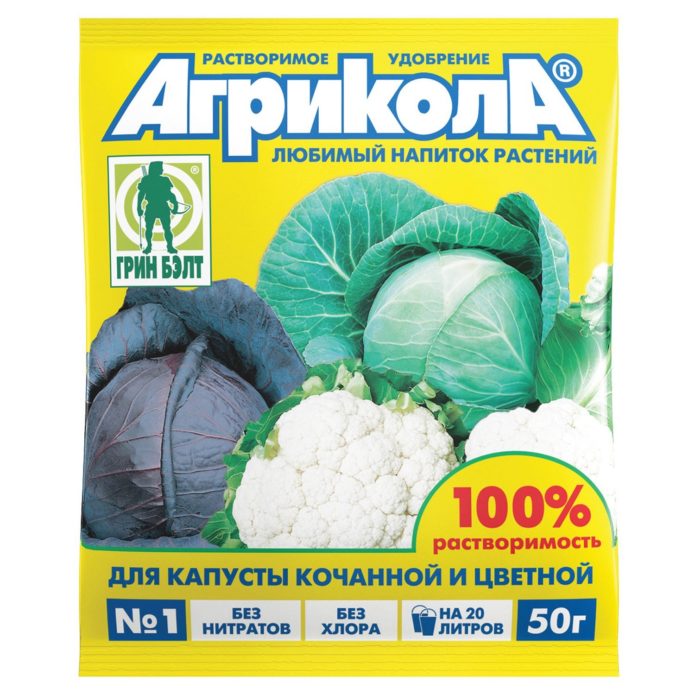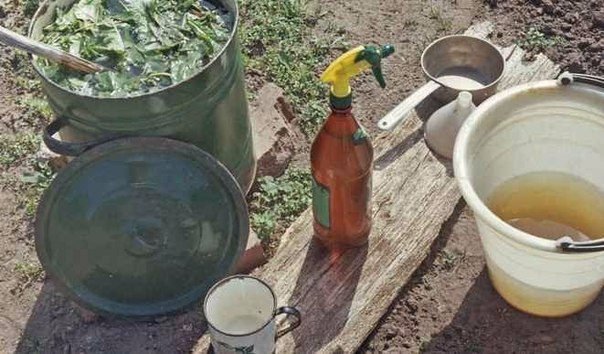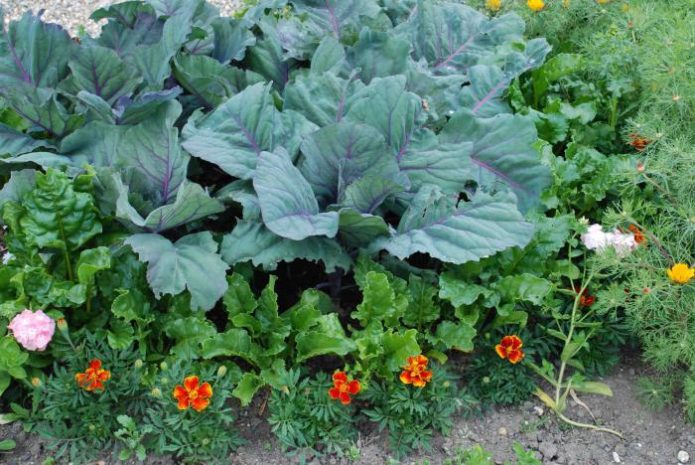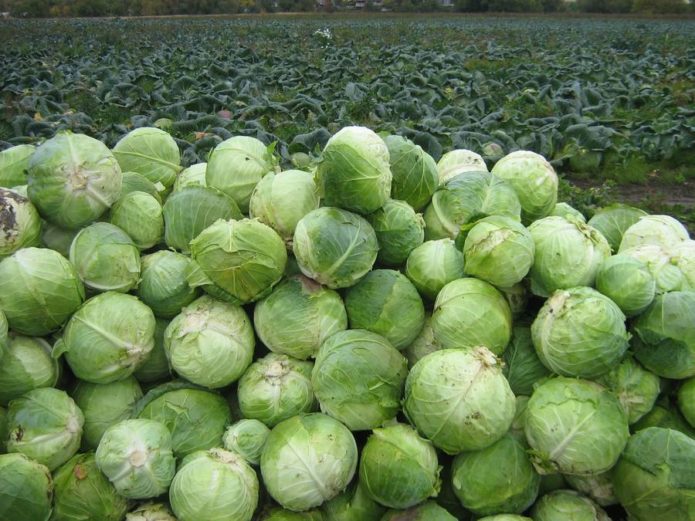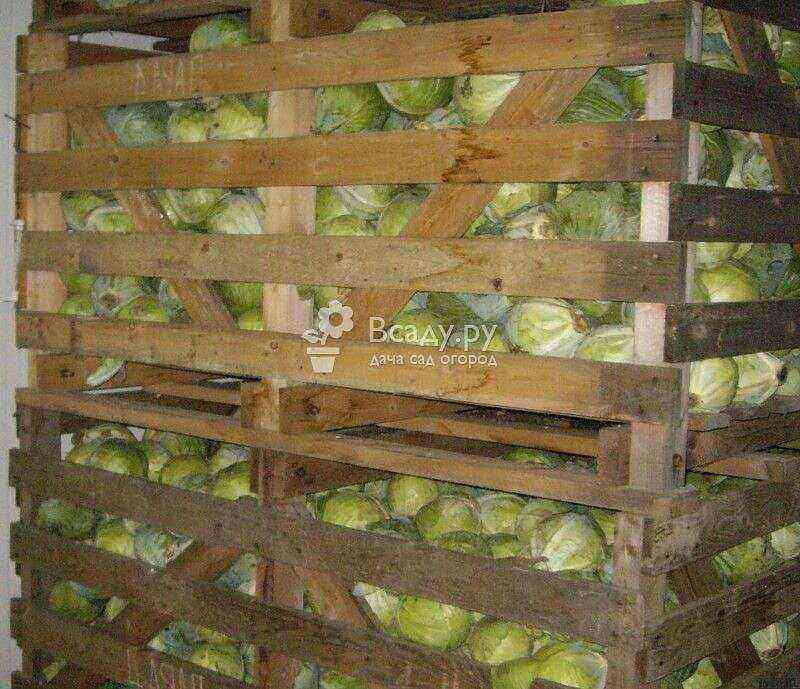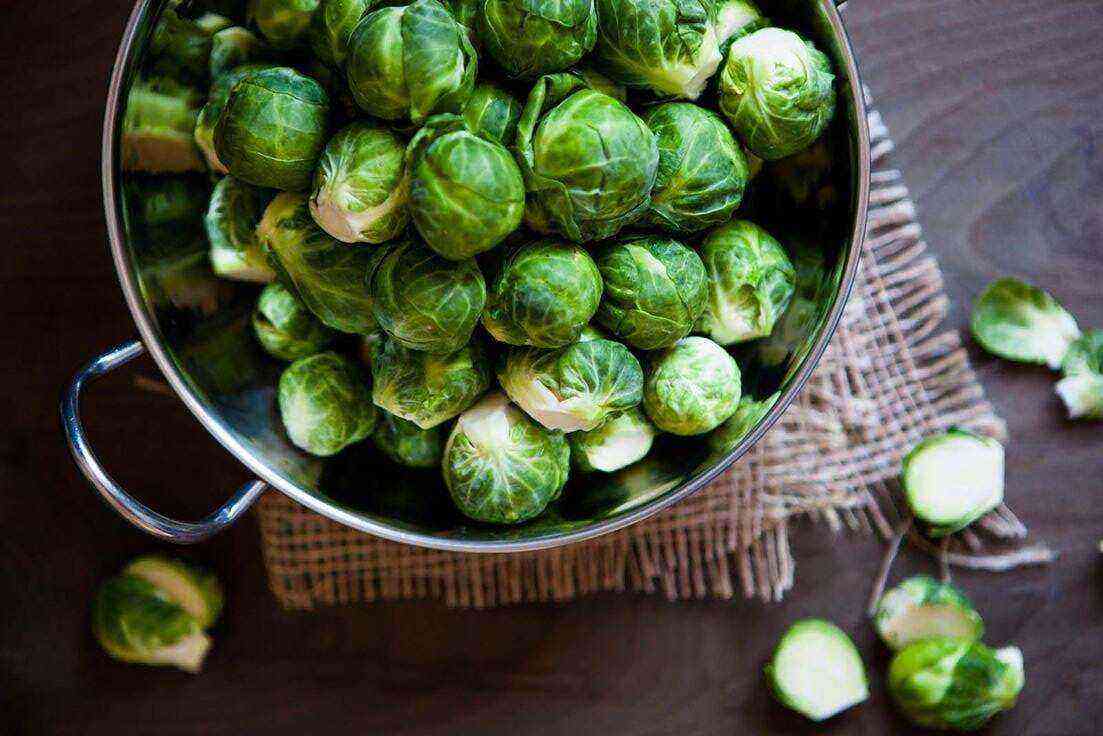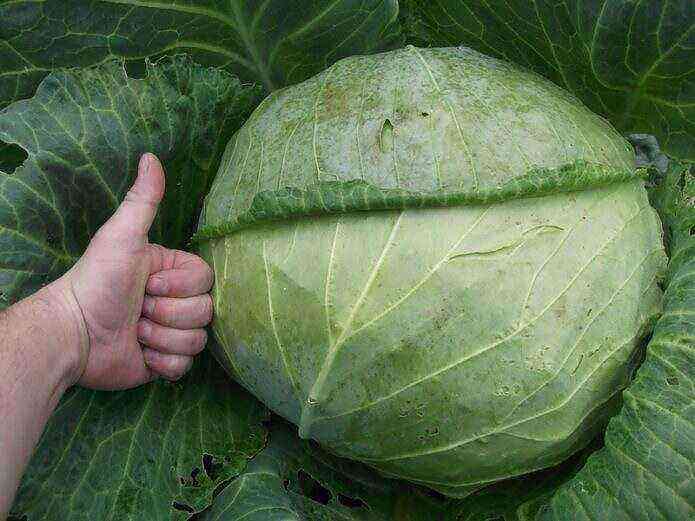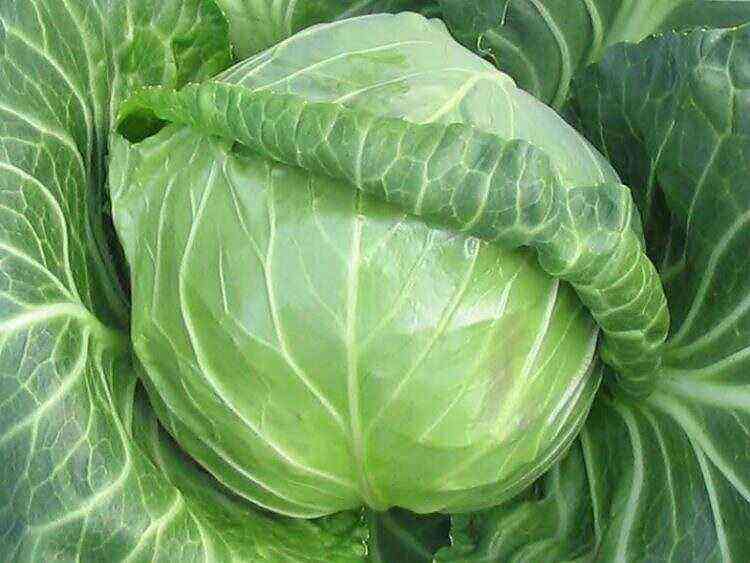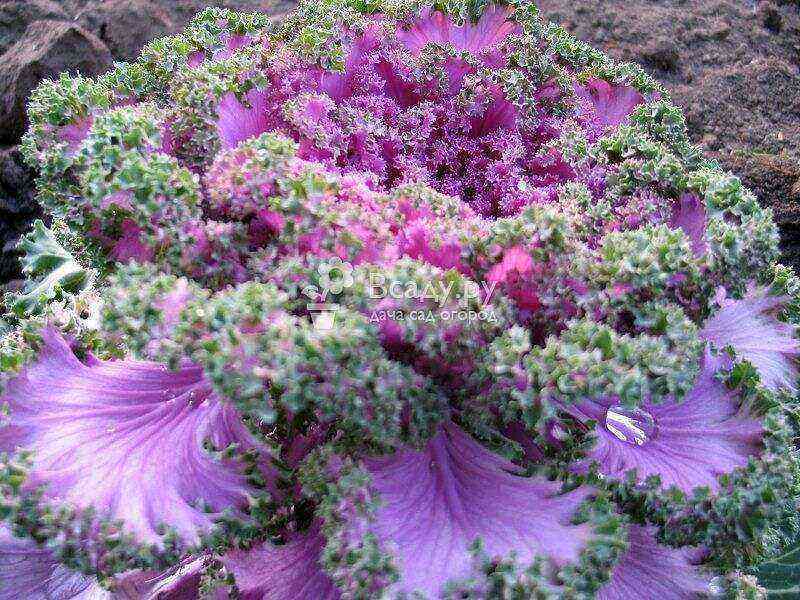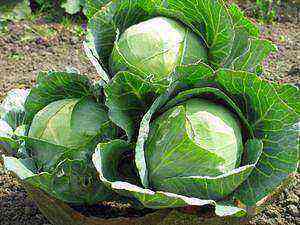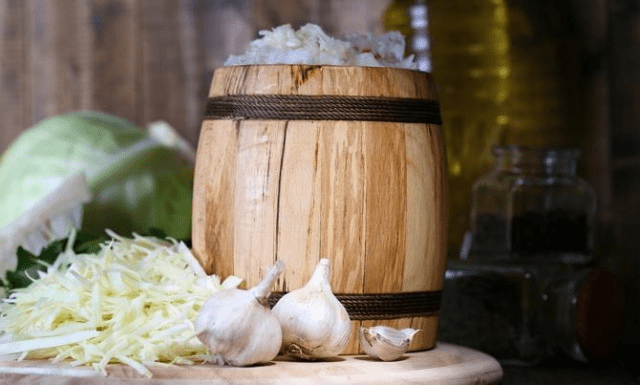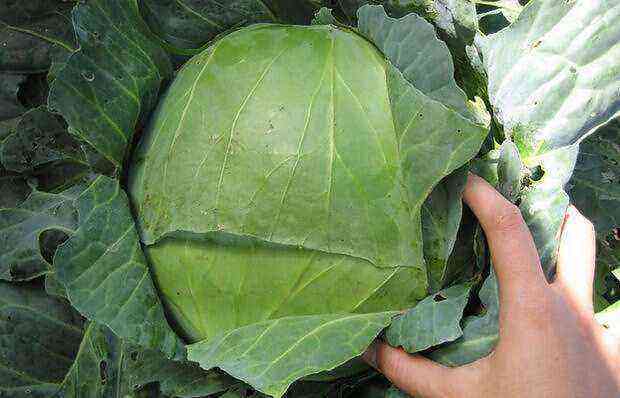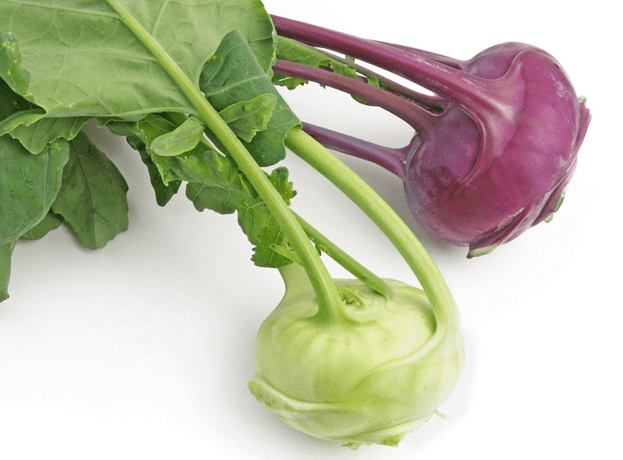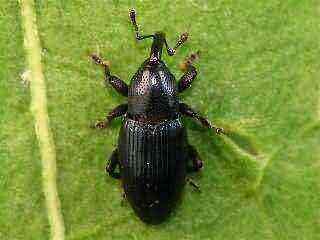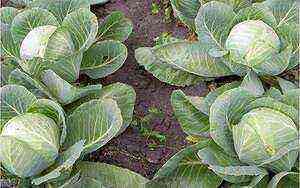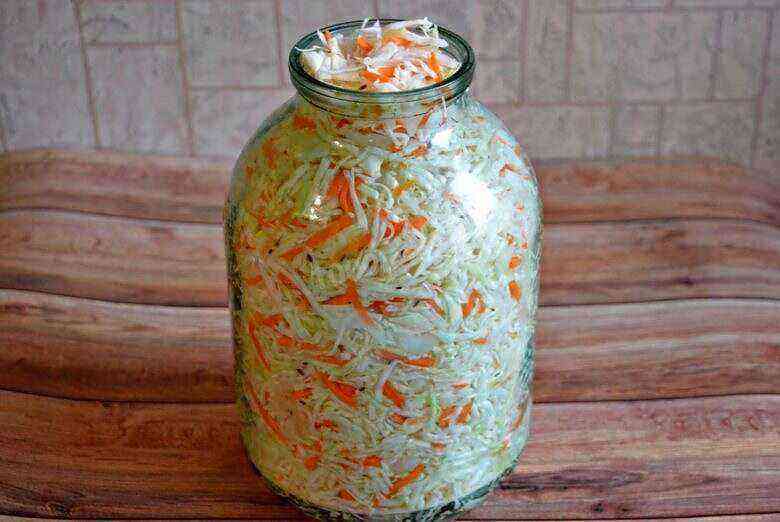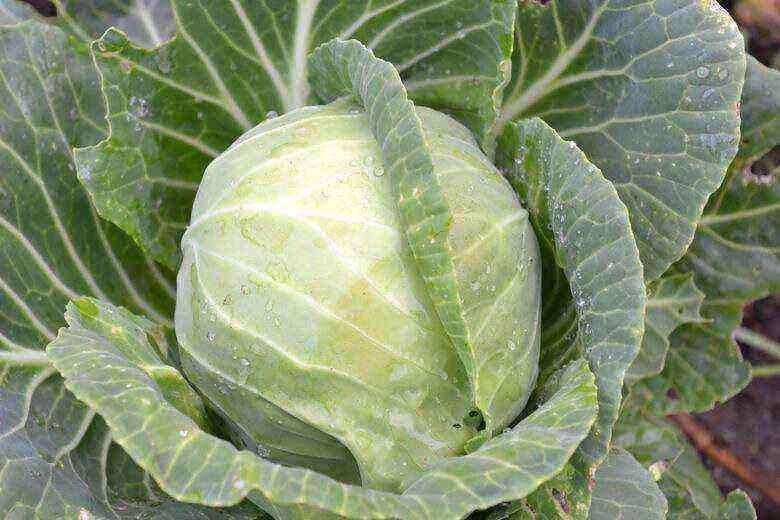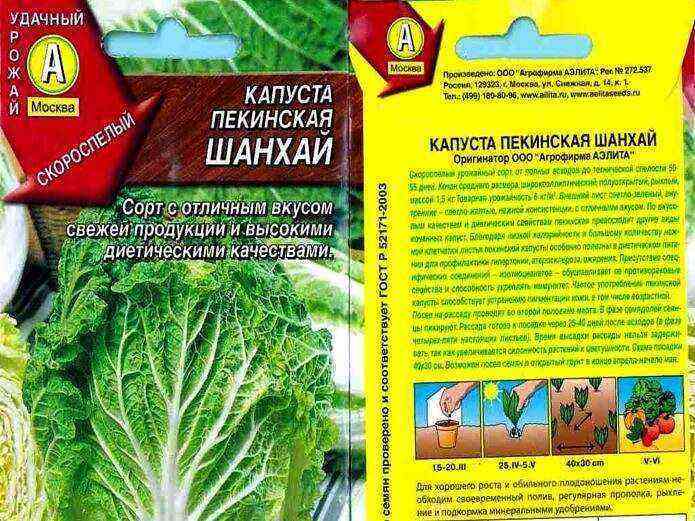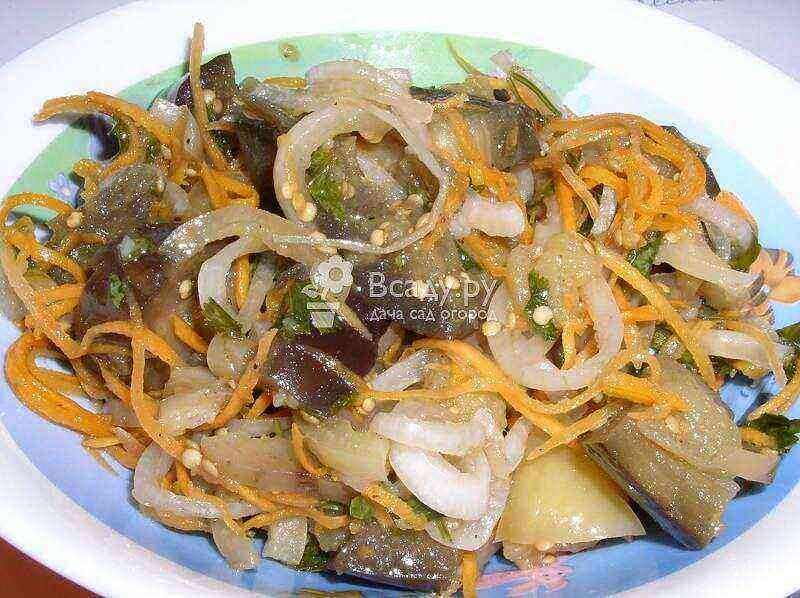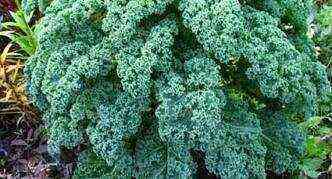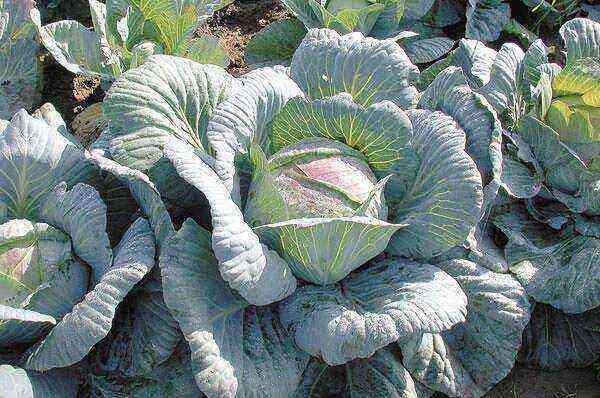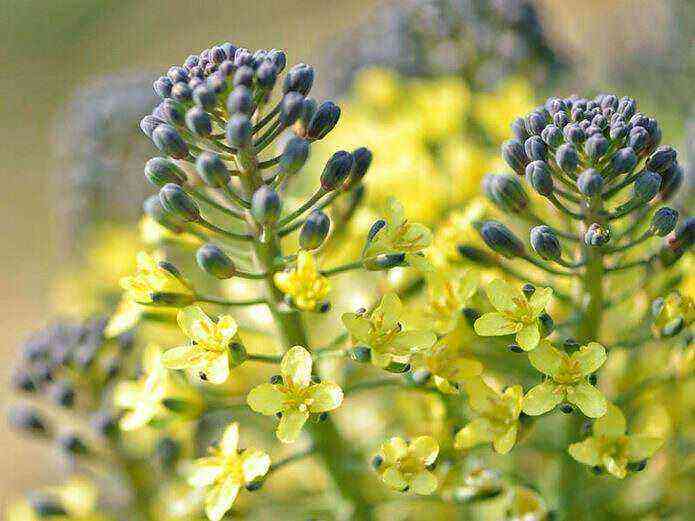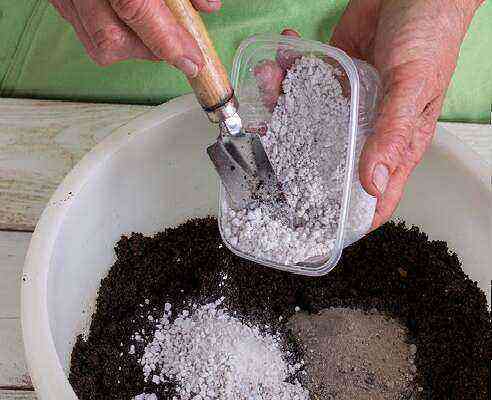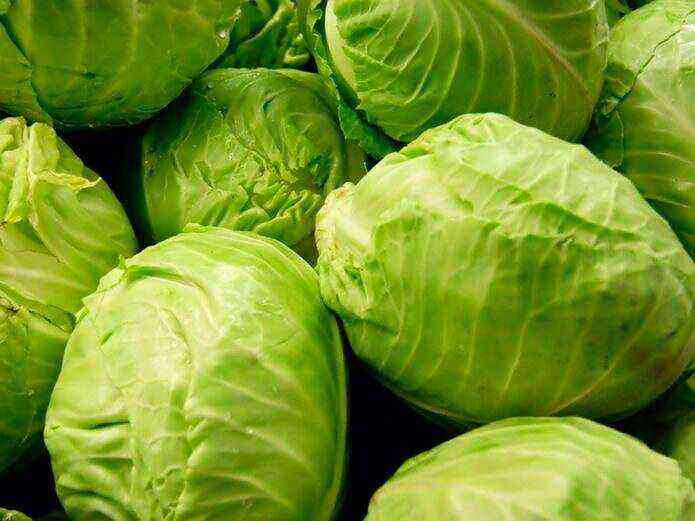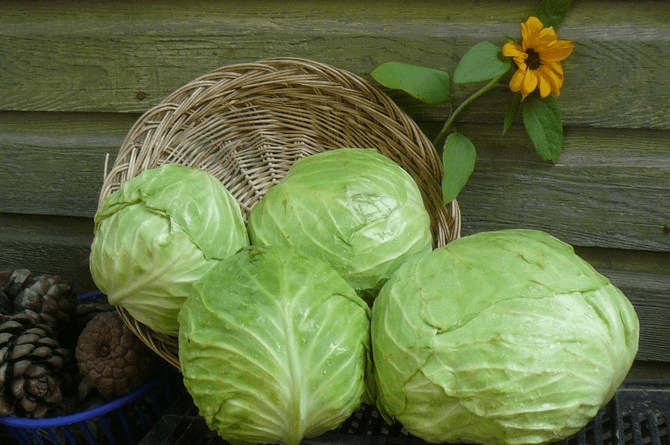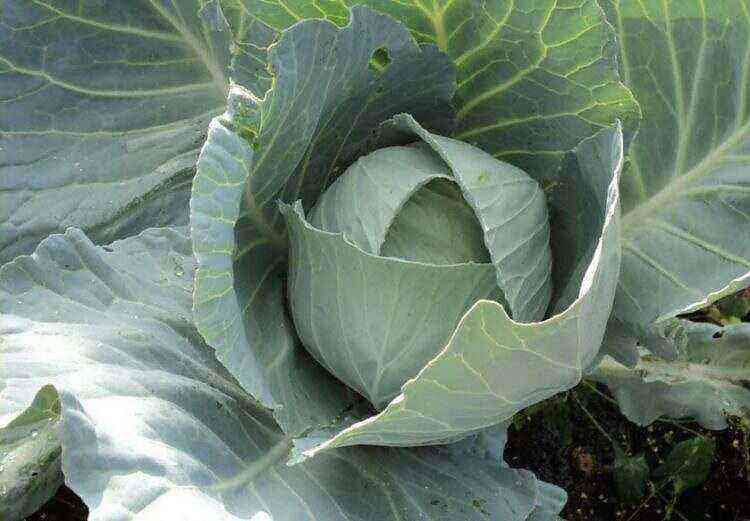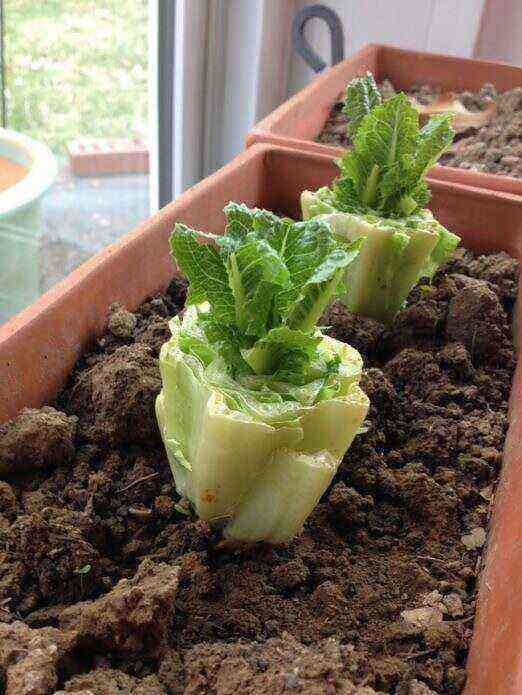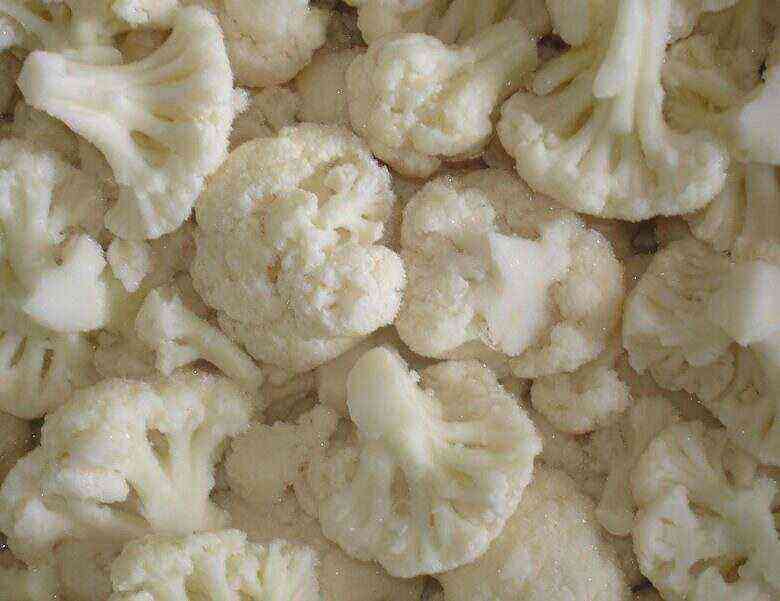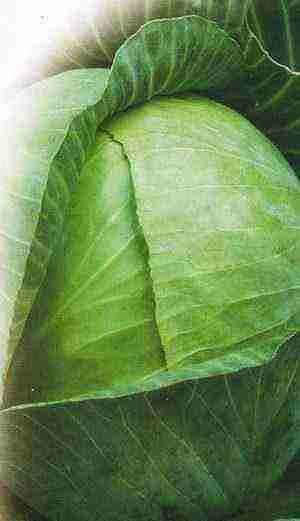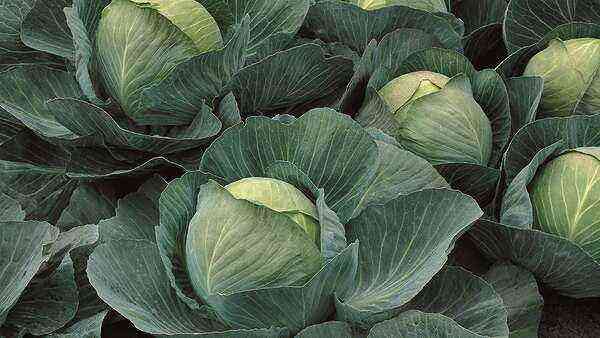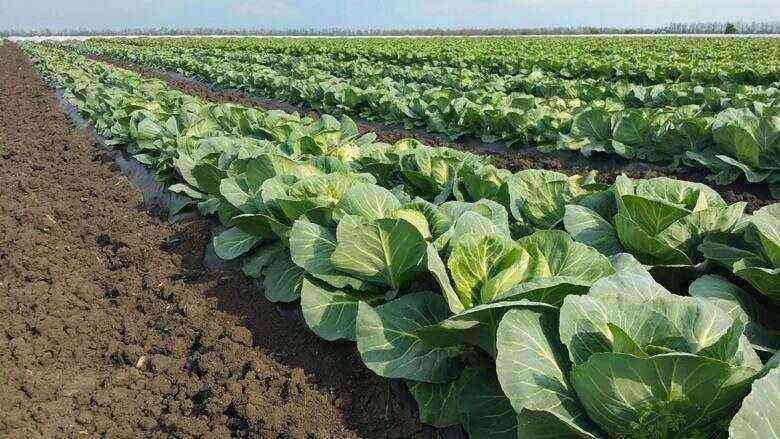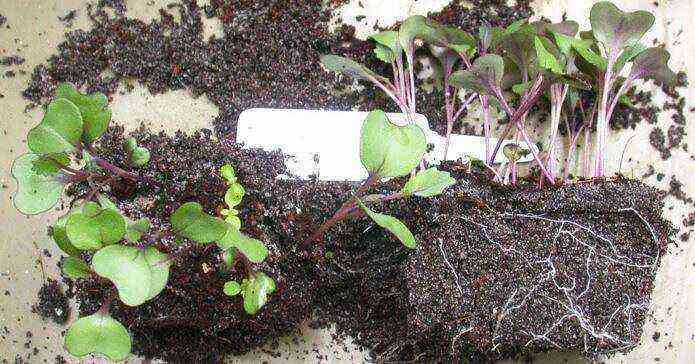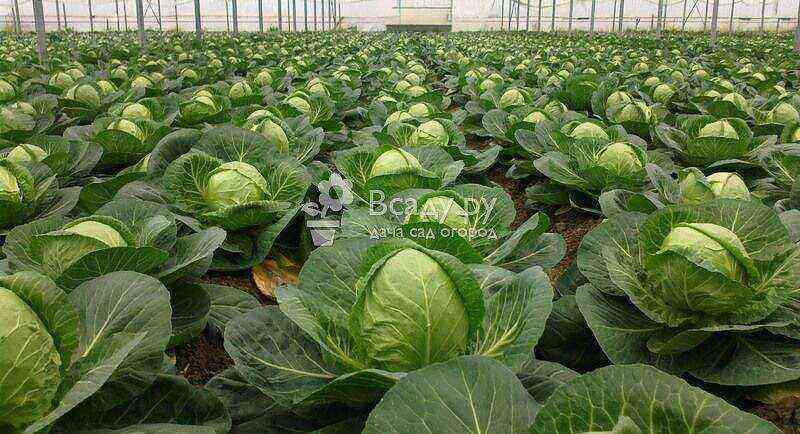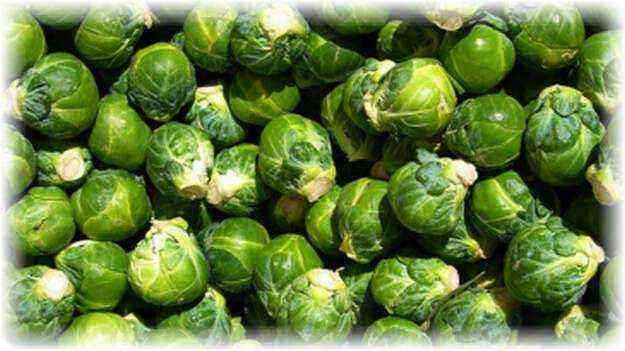Cabbage is a favorite vegetable on our table all year round: delicious and healthy salads and soups, cabbage rolls and pies are prepared from it, fermented and salted for the winter. To get environmentally friendly products, it is better to grow them yourself. The Aggressor variety is well known to vegetable growers – it gives a good harvest even on depleted soils and in adverse weather conditions, and due to its drought resistance, it can be grown in regions with a hot climate.
Description and characteristics of cabbage variety Aggressor F1
The Aggressor variety is an achievement of Dutch selection. It was bred by the specialists of the Syngenta Seeds company in 2003 and then entered the State Register for cultivation almost throughout Russia, with the exception of the northern regions.
Cabbage Aggressor bred by Dutch breeders and has improved characteristics
White cabbage Aggressor has established itself among farmers as a vegetable crop capable of producing stable yields on an industrial scale. The average yield is 431–650 c / ha (for comparison, for hybrids Crumont F1 and Amtrak F1 472–620 c / ha).
And in favorable weather conditions with proper agricultural technology in the Moscow region, higher indicators were achieved – 800 c / ha.
The variety is medium late, ripens by the end of September, 150 days after germination. When grown as seedlings, the growing season is reduced to 130 days.
Cabbage Aggressor gives stable yields regardless of weather conditions
Rounded gray-green leaves with a strong waxy bloom, slightly wavy at the edges, form a neat raised rosette. The head of cabbage is round, dense, covered with anthocyanin-colored leaves. In cut, it is white, with a yellowish center, has a stump of medium length – 16-18 cm. The mass of a head of cabbage is 2,5-3 kg, although it can reach 5 kg.
By the end of September, a dense, rounded, medium-sized head of cabbage is formed
The Aggressor variety is in demand on the market due to its excellent taste. The high content of vitamin C allows the vegetable to be used for baby and diet food. The juicy leaves can be eaten fresh, they have a dense structure and remain crispy when fermented. Cabbage has good keeping quality and can be stored in a cool room for up to 5 months.
On the cut, a head of cabbage is whitish in color
Resistance to stressful situations, immunity to the causative agent of fusarium wilting, which has a detrimental effect on many vegetable crops, allows you to get high quality products – the presentation retains 92–96% of the crop.
Video: cabbage Aggressor F1
Peculiarities of growing
100% seed germination and a high degree of adaptation of the variety to field conditions allows you to grow cabbage right in the garden. If it is necessary to obtain earlier production, use the seedling method.
Seedless way
This variety of cabbage can be sown directly in open ground.
- The garden bed is prepared in advance, in the fall: it is freed from plant residues and fertilizer is applied for digging (a bucket of humus2), as well as lime (500 gm2) to create an optimal reaction of the soil environment.
Cabbage should not be grown in the area where turnip, radish, rutabaga, radish grew before it. Good predecessors are beans, peas, beets, garlic, carrots, zucchini, cucumbers, potatoes.
The place for planting cabbage should be prepared in the fall.
- In the spring, in late April – early May, with the establishment of warm days (15 ° C), the soil in the garden is loosened, 30 g of superphosphate, 40 g of potassium salt, 45 g of urea are added and spilled with a hot solution of manganese.
- Seeds are laid out in marked grooves, 3-4 pieces per hole. Sowing pattern – 70×60 cm.
Sow cabbage in rows, leaving 60 cm between seeds
- Crops are moistened and covered. Foil, spunbond on arcs or plastic bottles are used as insulation.
- Seedlings appear quickly – after 4–5 days, however, when the temperature drops to 10 ° C, seed germination may take 2 weeks.
- With the appearance of the first leaf, the crops are moistened and thinned out, leaving 2 most developed sprouts in each hole.
- When 4 leaves are opened, the seedlings are thinned out again, choosing the strongest.
- During the day, in warm weather, the bed must be opened slightly, and at night it must be covered again – in central Russia in May and even in early June, frosts are possible, which can destroy immature plants.
They cover cabbage in the open field at night to protect it from the cold.
It has been noticed that cabbage sown directly into the ground is more resistant to bad weather and diseases, but the growing season increases by 2 weeks.
Video: growing cabbage
Forcing seedlings
The seedling method is more time consuming, but it allows you to get the harvest earlier. Seedlings are grown in boxes with subsequent picking into individual containers or without picking, sowing seeds directly into pots. Deadlines sowing – from mid-March to the third decade of April.
Cabbage grown through seedlings ripens earlier
Selection of seedling containers
For forcing seedlings with a pick, boxes, containers or cassettes with small cells are used. In a separate container – plastic cups, large cells, peat pots, snails and diapers, cabbage is grown without picking. There should be drainage holes at the bottom of the container so that excess moisture does not stagnate in the soil, but flows down to the pallet.
For forcing seedlings, you can use containers, pots, cassettes with cells – the main thing is that they have drainage holes
Seed preparation
Plasma or inlaid seeds with a protective shell are sown dry without additional processing. Regular seeds require preparation. First, they are disinfected by placing them in a pink solution of manganese or Fitosporin for 10 minutes. Then they are immersed in hot water (50 ° С) and, after heating for 15 minutes, they are immediately placed in a refrigerator for a day (1–2 ° С). Such hardening with contrasting temperatures will allow growing resistant seedlings, which will subsequently take root painlessly in a new place.
A very important stage in preparing seeds for sowing is disinfection in a solution of potassium permanganate
To obtain friendly shoots, the seeds can be soaked for several hours in a solution of Gumi (2 drops 200 ml) or Sprout (1 ml / 0,5 L), and dry before sowing.
Seedling soil
Seedling soil can be bought at garden centers or made from fertile soil, peat and sand in a 1: 1: 1 ratio. The main thing is that it is light, loose, with neutral acidity. The acidic environment provokes the development of cabbage keels, therefore, ash (100 g 2,5 l) or Lime-Gumi (50 g 2,5 l) is added to create an optimal soil reaction. Self-prepared soil should be spilled with a disinfectant solution of Fitosporin (3 drops, 2,5 liters) or manganese.
Seedling soil is easy to prepare yourself from earth, peat and sand, be sure to add a little ash
Seed sowing
In containers filled with 34 soil, seeds are planted to a depth of 1 cm. The sowing scheme in the nursery is 1×3 cm, 2-3 seeds are placed in individual pots. Sprinkled seeds are moistened with a spray bottle and placed in a greenhouse.
Put 2-3 seeds in a tablet swollen from water
Under the film at a temperature of 20-25 ° C, the sprouts appear very quickly – on the 3-5th day. At this time, the shelter must be removed and the seedlings must be transferred for a week to a bright, but cooler place (12 ° C). Dense plantings should be thinned out by increasing the spacing between shoots by 2 cm, and leave one of the strongest seedlings in the cup. The entire remaining seedling period in the room is maintained at an optimal temperature (20–25 ° C), good lighting and regular humidification with warm water are provided.
Cabbage seedlings need to provide enough light
Experienced vegetable growers grow seedlings of different ages – they sow seeds in several stages. This allows them to stretch out the harvest period.
Pixoning seedlings
Grown up seedlings with 3 true leaves from the nursery dive into separate containers… First, cabbage is well watered and, together with moist soil, are transplanted into pots, deepening to the cotyledon leaves. For 2-3 days, until the seedlings adapt to the new place, watering is not carried out.
Grown seedlings are transplanted into separate containers
Seed dressing
Growing seedlings need microelements, so they are fed three times before being transplanted to the garden bed.
- After the appearance of the first leaf, it is watered with Agrostimul solution (1 ml – 1,7 l).
- A week later, they are fed with a solution of ammonium nitrate (15 g 5 l) or a solution of mullein (1:10).
- Before transplanting into open ground, fertilize with a solution of Nitrofoski (15 g 5 l).
Plants assimilate microelements well with foliar fertilization
Hardening cabbage
Before planting seedlings in the garden, they are hardened. Pampered seedlings can wither on a hot afternoon or freeze during a night cold snap, and those that have been hardened can withstand temperatures as low as -3 ° C. Hardening is carried out gradually over the course of a week. First, the vents are opened in the room, then the seedlings are taken out to a closed balcony or veranda. Then they are transferred to the garden for a day, bringing them into the house for the night, and on the eve of the transplant they are left to spend the night in the open air. Plants after such hardening become stronger and more resistant to bad weather and drought, it is not for nothing that the variety was created for cultivation in harsh conditions.
Delicate seedlings must be tempered by taking them out into the open air.
Planting seedlings in the ground
Seedlings are planted in the ground 35–40 days after germination. Under the cabbage beds, an area should be set aside, most of the day illuminated by the sun – with a lack of light, the forks grow small and loose.
For cabbage beds, you need to choose a well-lit place
Mid-late varieties grow best on light sandy loam and loamy soil with low acidity. Experienced farmers know: if plantain, coltsfoot, biting, horsetail and sorrel grow in the garden, then the soil is too acidic, Lime-Gumi should be added to it (for 1 m2 Dissolve 0,5 l of substance in 5 l of water). This drug not only deacidifies, but also increases soil fertility, saturating it with nitrogen, phosphorus, potassium, calcium.
By the time of planting in the ground, the seedlings should be strong, with three pairs of true leaves.
Where cruciferous plants grew last season, cabbage can only be grown in 4–5 years – this is how long the kila pathogens remain viable in the ground.
At the end of May – beginning of June, the soil is loosened in the garden, 30 g of urea is added2 and mark rows with an interval of 60 cm. At a distance of 50–70 cm from each other, holes are made, a handful of ash or 15 g of superphosphate is added to each, mixed with earth and 0,5 liters of water are poured in. The plant is lowered into the hole together with a soil lump and covered at the level of the cotyledon leaves.
Cabbage, together with a lump of earth, are transplanted into a garden bed and sprinkled with earth until the cotyledon leaves
Loose planting allows plants to receive the required amount of nutrition, moisture and light and form large, strong heads of cabbage. Young cabbage should be covered with agrofibre in the first days to protect it from too bright sun and nighttime cold snaps. After a week, the seedlings that have not taken root are removed from the garden, and new ones are planted in their place.
Video: planting late cabbage seedlings in the ground
Outdoor culture care
Cabbage Aggressor is unpretentious, but it also requires care. Weighty heads of cabbage with succulent leaves can be obtained only with regular watering, fertilization and treatment from pests.
Watering and hilling
Compliance with the water regime ensures the active build-up of the green mass and the formation of a dense large fork. Drought-resistant cabbage Aggressor withstands a short drying out of an earthen coma. But the lack of moisture in drought leads to the fact that the leaves become lethargic, the head of cabbage is formed small.
Subject to agricultural techniques, the heads of cabbage of the Aggressor are formed strong and resilient.
Moisten the transplanted seedlings on the third day with 8 liters of water2so that the soil is soaked to a depth of 35 cm. For 2 weeks, watering is carried out every 3 days. The hardened plants are subsequently watered less often – once a week, but at the same time a larger volume of water is used – 12 liters. In a rainy period, to reduce the risk of root rot development, additional watering is not carried out. When laying the forks, it is necessary to bring water under the root. Watering is stopped 2-3 weeks before cutting the heads of cabbage in order to avoid cracking, and the fiber accumulated in them during this time will help the harvest to be stored for a long time.
Cabbage planted in the garden should be watered at the root
Sprinkler irrigation, drip irrigation and the introduction of water into the grooves are used for watering cabbage. Simulating rain with sprinklers helps in hot summer not only to moisten the leaves and soil well, but also to increase the humidity of the environment. However, this method is not suitable during the head formation period. In summer cottages, it is convenient to water the cabbage by introducing water from a bucket into the grooves made in the aisles. However, in large areas, it is more efficient to use a drip irrigation system. Water is automatically supplied through pipes laid along the rows, and through the droppers it flows directly to the roots of the plants.
On hot days, cabbage is irrigated using sprinklers
When the seedlings take root, the first surface (4 cm deep) loosening is carried out. Later, before the leaves close in the aisles, once a week or after moistening as a result of watering or rain, the soil crust is loosened to a depth of 7 cm, providing air access to the roots.
20 days after planting the seedlings, the first hilling is required, after 10 days – the second. The earth within a radius of 15 cm is scooped up to the cabbage, filling the stem to the first leaves. As a result of hilling, additional roots grow, a strong root system is formed, which has a positive effect on productivity.
Hilling contributes to the development of a strong root system
High-grade food
The nutrient requirements of cabbage depend on the stages of development. At an early stage, she needs nitrogen for intensive growth and growth of leaf mass, during the period of laying the forks, she especially needs phosphorus and potassium – it is these microelements that activate her defenses and improve her taste.
Required feeding:
- cabbage, sown immediately to a permanent place, in the phase of the first true leaf, must be fed with a solution of Agricola (20 g10 l), Agrovit (60 g10 l) or ammonium nitrate (20 g10 l);
- with the appearance of the third pair of leaves, a urea solution (30 gm2) or mullein (1:10) at the rate of 500 ml per plant;
- the same top dressing is applied under the seedlings 2 weeks after planting it in the ground;
- when laying forks, cabbage is fertilized with Nitrofoskaya (30 g) or superphosphate (30 g), dissolving them in 10 liters of water and spending 1 liter of solution per plant.
Balanced complex fertilization will increase soil fertility
Instead of mineral fertilizers, you can improve the nutrient composition of the soil with the help of herbal infusion or yeast solution. The infusion is prepared from nettle, dandelion, burdock – herbs are put in a barrel, poured with water and left to ferment for 5 days. Then it is filtered, diluted with water (1:10) and watered with cabbage at intervals of 2 weeks. Yeast starter culture from 100 g of yeast, 30 g of sugar and a bucket of water after three days of fermentation must also be diluted with water (1:10) and 2–3 times with an interval of 10 days to feed the plants. However, it should be borne in mind that yeast fertilization will not be effective if it is damp and cold outside.
As a top dressing of cabbage, you can use nettle infusion
Video: folk remedy for feeding cabbage
Protection against diseases and pests
Cabbage Aggressor is resistant to fusarium wilting, but violation of agricultural technology can provoke the development of spores of parasitic fungi, as well as the reproduction of pests. When processing vegetable crops, it is advisable to use biological products.
Table: protecting cabbage from disease
Diseases
Symptoms
preventive measures
Treatment
Black leg The basal neck of the stem turns black and dies off. The disease leads to mass death of seedlings.
- Do not compact crops.
- Do not use cold water for irrigation.
- Water only when the top layer of the soil dries up.
- Treat the seedlings when opening the second leaf with a 0,2% Fitosporin solution.
- Affected plants can no longer be saved – they must be removed.
- Transplant healthy seedlings into new soil.
- Spray them with 1% Bordeaux liquid.
Keela The first sign of keela is poor seedling development. When transplanting seedlings to a garden bed, growths can be found on the roots. Diseased plants do not take root well, the lower leaves dry out over time, the heads of cabbage are formed loose and small.
- Treat seeds, disinfect the soil with a solution of potassium permanganate.
- Warm up the seeds in hot water (500C), which is harmless to the embryos of seeds, but destructive to fungal spores.
- Observe the crop rotation – growing crops in the same place is possible only after 4 years.
- Monitor the acidity level – acidic soils give rise to disease.
- Destroy diseased plants.
- Treat healthy cabbage and soil with Homa solutions (20 g5 l) or Tiovit Jeta (25 g5 l), 1% solution of Bordeaux mixture. Repeated 2 treatments should be carried out with a week break.
Peronosporosis The pathogen is especially dangerous for young plants. Yellowish spots appear on the upper side of the leaf, the lower part is covered with a grayish bloom. A moist environment contributes to the rapid spread of the fungus. In diseased plants, leaves turn yellow and die.
- Do not thicken crops.
- The spores of the pathogen remain in the seeds, so it is necessary to pickle them in a solution of Immunocytophyte (2 tab. 30 ml), subject them to hydrothermal treatment by immersing them in hot water, then quickly cooling them.
- Maintain a normal water regime.
- Dust with wood ash.
- Treat with Fitosporin solution (3 g 5 l), again – after a week.
Photo gallery: signs of cabbage disease

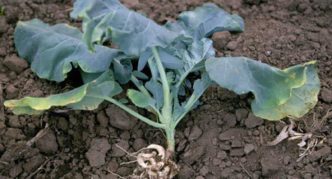
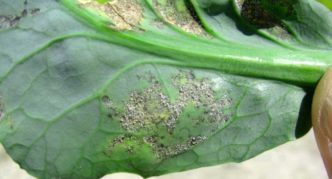
Cabbage perfectly resists pests in joint plantings with other crops. Onions and garlic will help to get rid of cabbage flies and cruciferous fleas, celery will scare off a white butterfly, and dill and carrots will protect against aphid infestations.
A cabbage patch can be planted with dill and marigolds – their smell will scare away harmful insects
Table: the main pests of cabbage
vermin
Manifestations
Prevention
Measures
Slugs Slugs appear in wet weather. They creep out to cabbage beds at dusk and stay there until the morning, devouring the green mass of plants. In the morning they climb under the upper leaves of the heads of cabbage, hiding from the sun. If you do not take action in time, you can lose the entire crop.
- Loosen the soil, remove weeds in a timely manner.
- Spread nettle leaves around the cabbage.
- Dust with a mixture of 500 g of ash with the addition of 2 tbsp. l. salt, ground pepper and mustard powder.
- Pour the cabbage with a solution of 9% vinegar (100 g10 l), mustard (150 g10 l).
- Create a protective barrier for slugs from Storm granules by scattering them between rows. After 14 days, repeat the treatment (at least 3 weeks must remain before harvesting).
Cruciferous fleas Small insects like to feed on the leaves of young shoots, gnawing holes in them. The rapid increase in the number of flea beetles is facilitated by the high air temperature and lack of moisture. In hot weather, massive accumulations of parasites can destroy seedlings planted in the garden, because gluttonous fleas can eat a volume that exceeds their weight by 3 times.
- Remove weeds.
- Irrigate cabbage beds by sprinkling.
- Dust with ash, tobacco.
- Spray on the leaves an infusion of garlic (300 g 10 l) with the addition of 100 g of liquid soap.
- Treat with a solution of 70% vinegar essence (1 tbsp. L 10 l), Actellik (20 ml 10 l), Bankola (5 g 10 l). Carry out two repeated treatments at weekly intervals.
Aphids Sucking insects, rapidly multiplying in dry hot weather, cling to cabbage leaves and suck nutritious juices from them. The leaf plates turn pale, dry out and curl. Parasites not only weaken plants, slowing down the development of the head of cabbage, but are also carriers of viral diseases.
- Free the area from plant debris in the fall.
- Scare off parasites by spraying with infusions of potato or tomato tops.
- Spray with an ash solution (150 g 5 l) or a decoction of nettle, chamomile, wormwood (100 g 5 l) with the addition of liquid soap (200 g).
- Treat with solutions of Fufanon, Akarin, Aktellik, Bankola (prepare according to the instructions).
Cabbage whitewash Young caterpillars gnaw the flesh of the leaf from the lower side, without touching the upper skin, while the adults gnaw the leaves mainly at the edges. Gluttonous parasites can eat up the entire head of cabbage, leaving only coarse veins on the leaves. Leaf-eating pests lead to a decrease in the presentation of cabbage or make it unusable. Inspect the cabbage periodically and remove any eggs that have been laid.
- Spray twice with a weekly break with Intavir solution (1 tablet 10 l).
- Collect tracks by hand.
Photo gallery: parasitic insects damaging cabbage
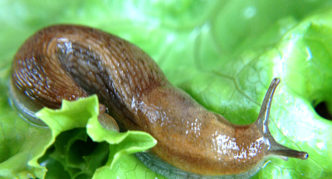
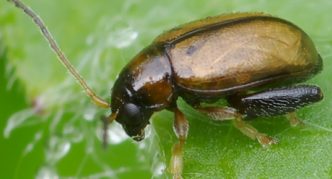
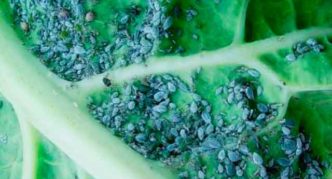

Hares love to feast on cabbage. They go out for feeding in the evening after sunset or early in the morning before dawn. A high fence and hanging strips of shiny material on a wire will help protect vegetable plantings from uninvited guests.
Harvesting and storage of crops
Cabbage of the Agressor variety ripens in late September – early October. The heads of cabbage are cut with a sharp knife, leaving a stump 4 cm long and a few upper leaves – this way the vegetable will stay fresh longer. Damaged forks should be recycled, and strong and resilient heads of cabbage should be transferred to the basement or cellar, folded into wooden boxes and placed on shelves or hung by stumps. It is important during storage to maintain the optimal temperature regime – from 0 to 2 ° C and humidity of 90%. Under such conditions, cabbage does not lose its presentation and taste within 5 months.
Dense heads of cabbage variety Aggressor do not lose their marketable qualities when stored for 5 months
Reviews
Vegetable growers appreciated the advantages of Aggressor cabbage – undemanding to growing conditions, resistance to extreme conditions, stable yield, excellent taste and keeping quality. Summer residents and farmers know that they will not be left without a crop. And the attractive presentation allows you to use the vegetable not only for your own consumption, but also for sale.




